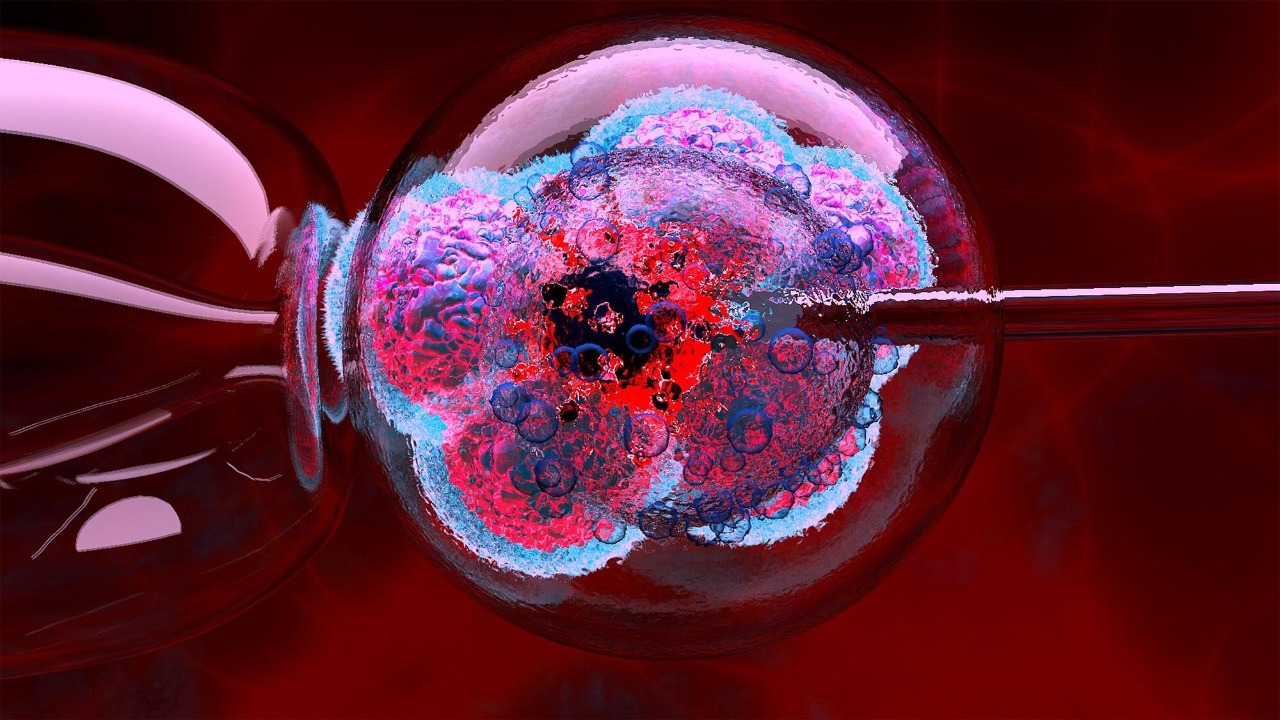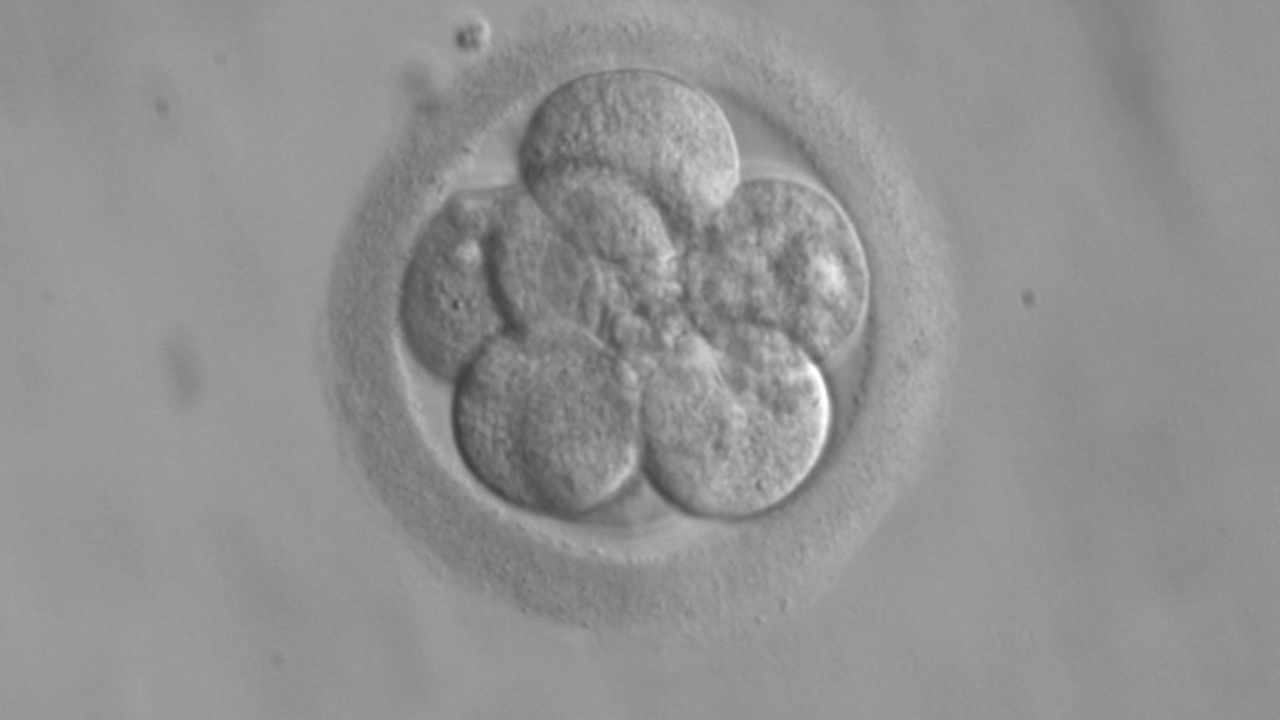
Scientists at Oregon Health & Science University (OHSU) have successfully transformed human skin cells into egg cells, marking a significant advancement in fertility research. This breakthrough offers potential new pathways for individuals facing infertility. This development is part of a broader trend in stem cell research, which also includes the creation of embryo-like structures in laboratories to study early-pregnancy complications.
The Breakthrough at OHSU

The team at OHSU has achieved a remarkable feat by converting human skin cells into egg cells, a process that could revolutionize fertility treatments. This transformation involves reprogramming skin cells into induced pluripotent stem cells, which are then coaxed into becoming egg cells. This method holds promise for individuals who are unable to produce viable eggs due to various medical conditions. The potential implications of this technology are vast, offering hope to those who have struggled with infertility and expanding the possibilities for reproductive medicine. According to Interesting Engineering, the researchers involved in this project emphasize the significance of their findings, noting that this could lead to new fertility treatments that bypass the need for donor eggs.
Quotes from researchers highlight the groundbreaking nature of this work. They describe the process as a major step forward in understanding human reproduction and addressing infertility. The ability to create egg cells from skin cells could potentially eliminate the need for egg donors, making fertility treatments more accessible and personalized. This advancement not only opens new avenues for scientific exploration but also raises important ethical considerations regarding the use of lab-grown egg cells in fertility treatments.
Furthermore, the research team at OHSU is focusing on refining the techniques used in this transformation process to enhance efficiency and reliability. They are investigating the molecular mechanisms that govern the reprogramming of skin cells into pluripotent stem cells, aiming to optimize the conditions under which these cells are induced to become egg cells. This involves exploring various growth factors and signaling pathways that can influence cell differentiation. By understanding these underlying processes, scientists hope to improve the success rates of generating viable egg cells, thereby making the technology more accessible and practical for clinical use.
Stem Cell Research and Fertility

Recent advances in stem cell research have significantly impacted the field of fertility, with OHSU’s work being a prime example. The ability to generate egg cells from skin cells is part of a larger trend in regenerative medicine, where stem cells are used to create various cell types for therapeutic purposes. This research not only enhances our understanding of human development but also provides new tools for addressing infertility. The ethical considerations surrounding the use of lab-grown egg cells are complex, as they involve questions about the manipulation of human cells and the potential for creating life in a laboratory setting. As noted by Interesting Engineering, these discussions are crucial as the technology moves closer to clinical application.
The potential benefits of this research are immense, offering new hope to individuals who have exhausted traditional fertility treatments. By providing an alternative source of viable eggs, this technology could reduce the reliance on egg donors and increase the success rates of in vitro fertilization (IVF). However, the ethical implications must be carefully considered to ensure that the technology is used responsibly and ethically. As the field of stem cell research continues to evolve, it is essential to balance scientific progress with ethical considerations to ensure that the benefits are realized without compromising ethical standards.
Moreover, the integration of stem cell technology into fertility research is paving the way for innovative treatment options that were previously unimaginable. Researchers are exploring the potential of using stem cells to not only create egg cells but also to repair or regenerate damaged reproductive tissues. This could be particularly beneficial for individuals with conditions such as premature ovarian failure or other reproductive disorders. By harnessing the regenerative capabilities of stem cells, scientists aim to develop therapies that restore fertility and improve reproductive health outcomes. This approach represents a paradigm shift in how fertility issues are addressed, moving from traditional methods to cutting-edge biotechnological solutions.
Embryo-like Structures and Pregnancy Research

In addition to the breakthroughs in creating egg cells, researchers are also developing embryo-like structures in laboratories to study early-pregnancy complications. These structures, which mimic the early stages of human development, provide valuable insights into the processes that occur during pregnancy. According to CBS News, these lab-grown structures are contributing to research on conditions such as miscarriage and preeclampsia, offering new avenues for understanding and preventing these complications.
The potential benefits of using embryo-like structures in research are significant. By studying these structures, scientists can gain a better understanding of the factors that contribute to pregnancy complications and develop strategies to prevent them. This research could lead to improved outcomes for pregnant individuals and their babies, reducing the incidence of complications and improving overall maternal and fetal health. However, the use of embryo-like structures also raises ethical questions, as it involves creating entities that closely resemble early-stage embryos. These ethical considerations must be addressed to ensure that the research is conducted responsibly and with respect for human life.
Additionally, the development of embryo-like structures is providing a unique platform for testing new drugs and interventions aimed at preventing pregnancy complications. These structures allow researchers to observe the effects of various compounds on early embryonic development in a controlled environment, offering insights into potential therapeutic strategies. This aspect of research is crucial for identifying safe and effective treatments that can mitigate risks associated with pregnancy, such as gestational diabetes and hypertension. By advancing our understanding of embryonic development and its vulnerabilities, scientists are better equipped to devise interventions that enhance maternal and fetal health.
Future Directions in Fertility Research

Following the breakthrough at OHSU, researchers are exploring new directions in fertility research. Upcoming projects aim to refine the process of creating egg cells from skin cells and explore their potential applications in clinical settings. According to Interesting Engineering, the expected timeline for clinical applications of this technology is still being determined, but the potential impact on fertility treatments is substantial. By providing a new source of viable eggs, this technology could transform the landscape of reproductive medicine, offering new hope to individuals facing infertility.
As research continues, scientists are also investigating other potential applications of stem cell technology in fertility treatments. These include developing new methods for preserving fertility in individuals undergoing medical treatments that affect reproductive health, as well as creating personalized fertility treatments tailored to individual needs. The future of fertility research is promising, with the potential to improve outcomes for individuals struggling with infertility and expand the possibilities for reproductive medicine. As these technologies advance, it is crucial to continue addressing the ethical considerations and ensuring that the benefits are realized responsibly and ethically.